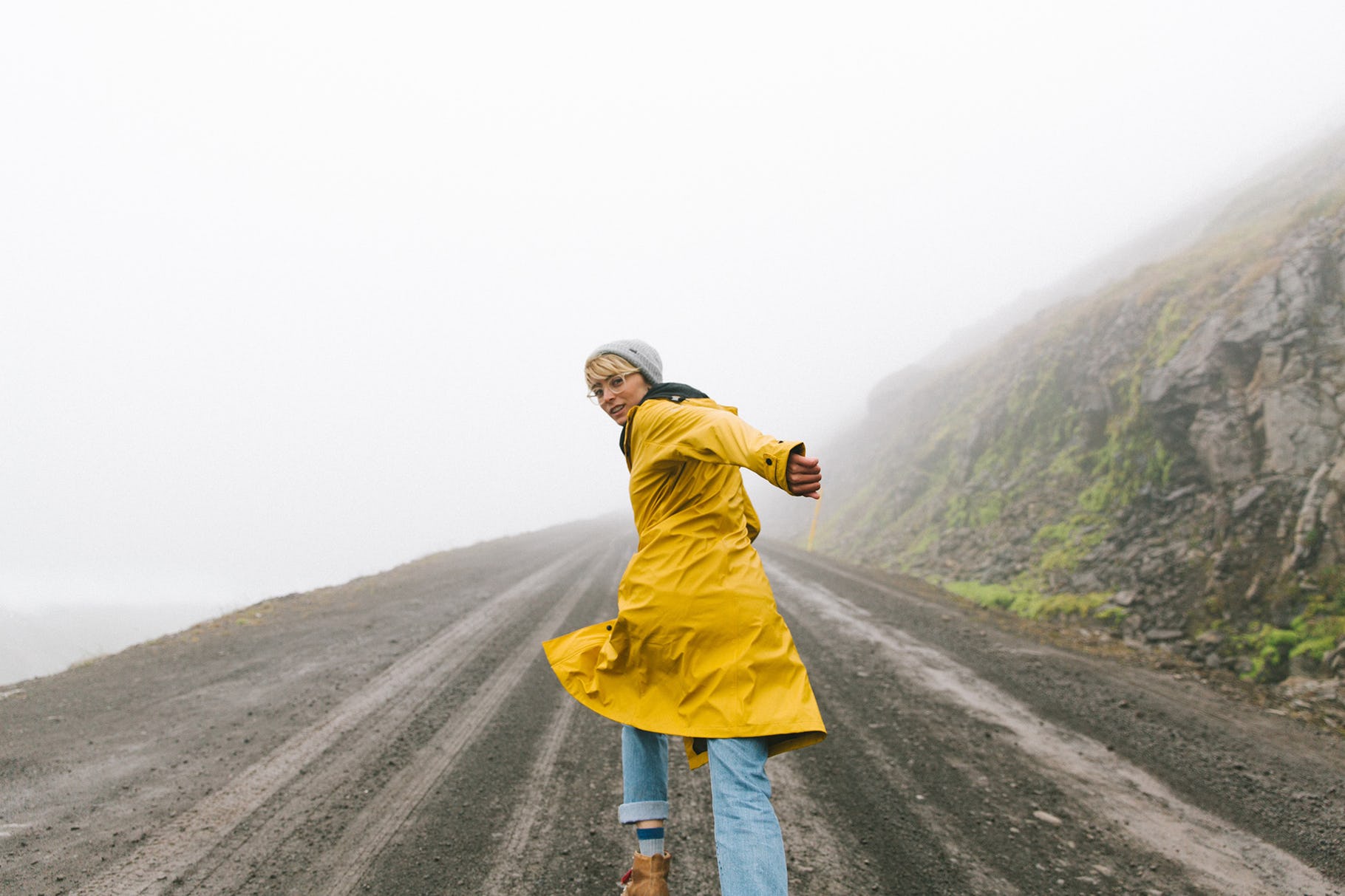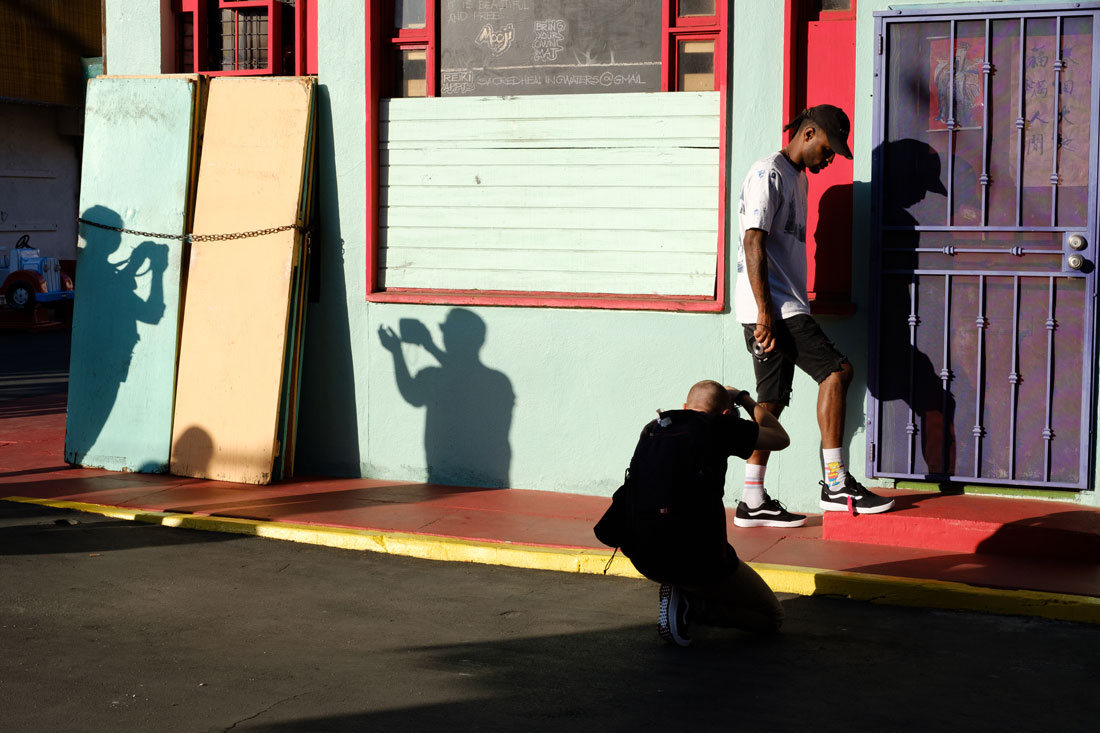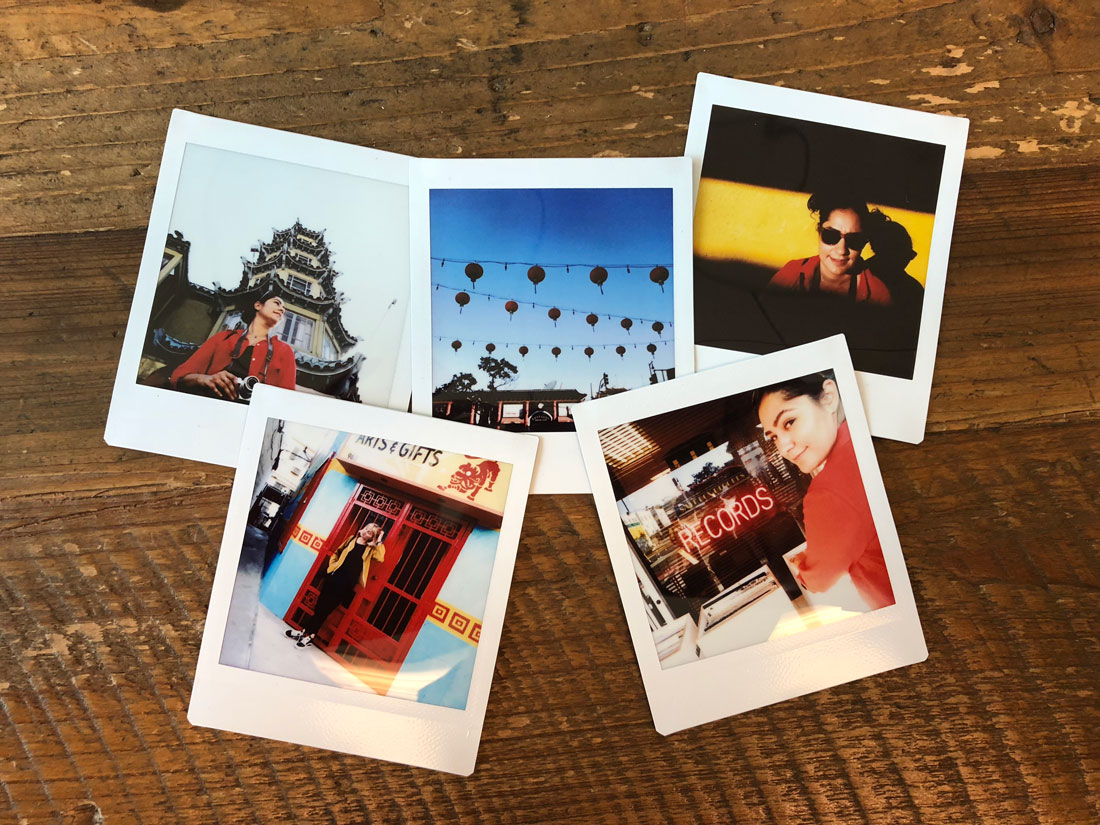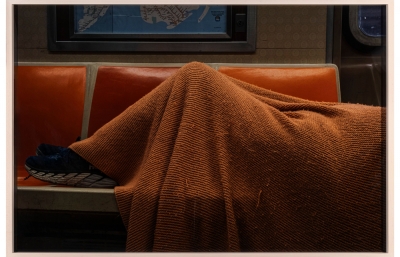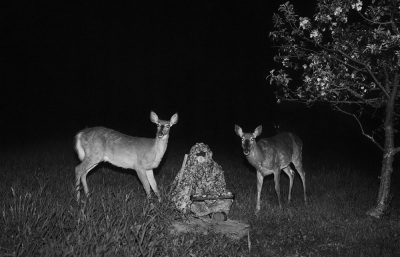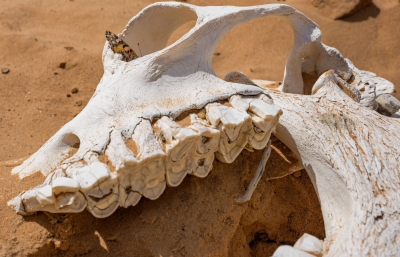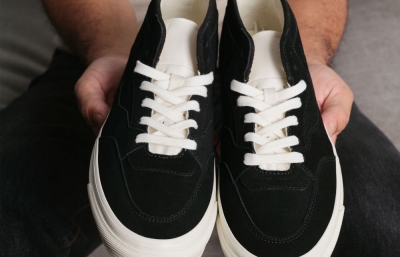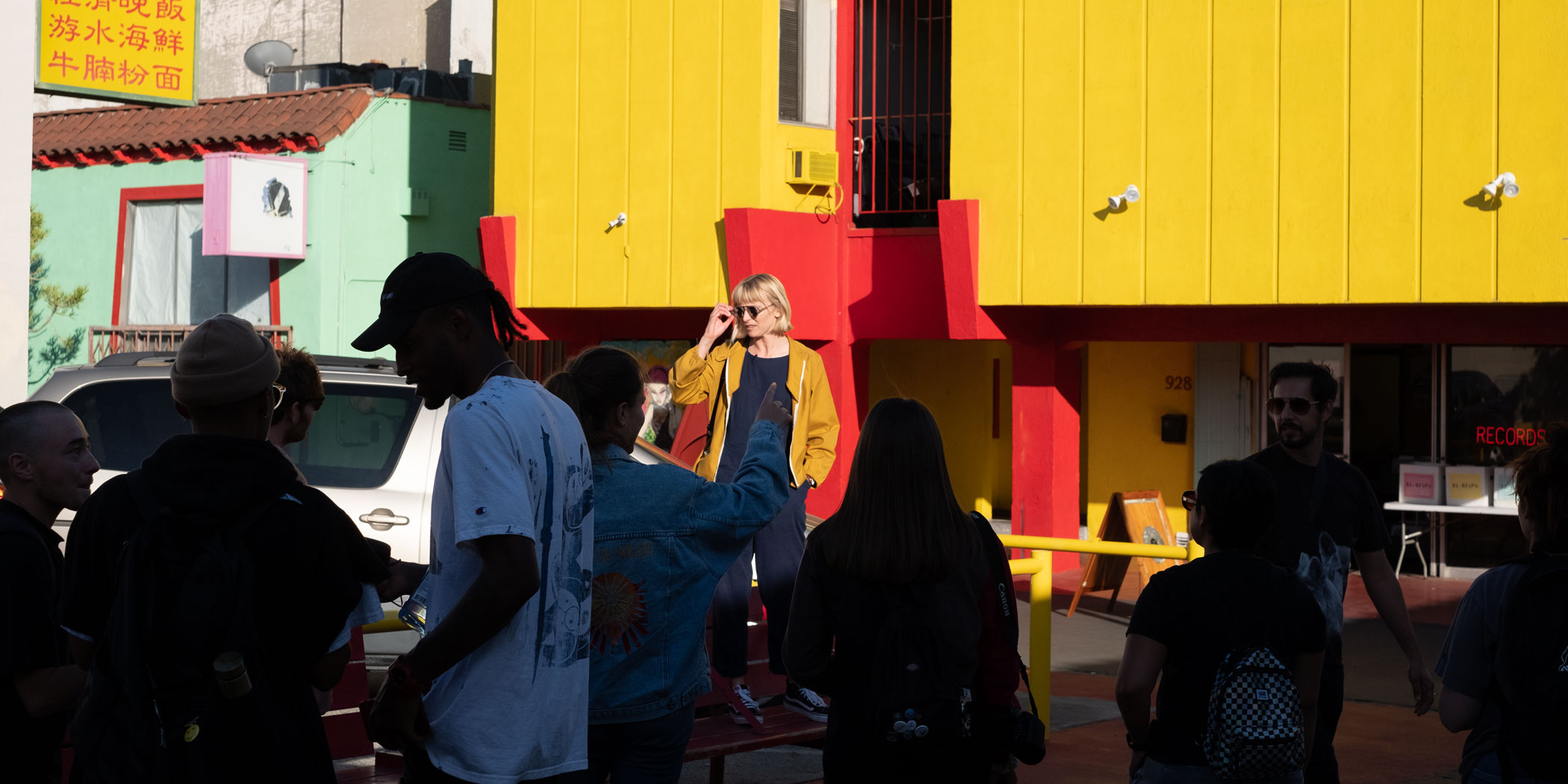
Vision Walk: Los Angeles
With Laura Austin
We are traveling around the country with VANS VISION WALKS, a series of workshops led by some of our favorite photographers in their home cities. This past weekend we spent the AFTERNOON with Laura Austin as he led participants on a walk through Chinatown.
At eighteen, after growing up in small mountain towns in Colorado and Vermont, Laura Austin made a big move across the country to take a Graphic Design job in California. Quickly realizing she was "too young to be sitting in a cubicle," Austin took another chance and decided to pursue her love of photography. We learned a lot about photography from her Vans Vision Walk in Los Angeles last weekend but one of the biggest things we took away was to not be afraid to take chances and to step outside your comfort zone. Now based in Los Angeles, Austin has found a balance working on commercial projects and taking solo road trips across the country to just shoot for herself. Laura's photographs draw heavily upon her graphic design background placing both composition and story on an equal level. Read our interview with Laura and watch a video from the walk below.
Juxtapoz: What kind of photographs do you gravitate towards, who are some of your favorite photographers?
Laura Austin: I like photos that tell me more about the photographer, rather than just seeing a beautiful image. So William Eggleston is one of my favorites because he can take something like a salt and pepper shaker sitting on a table in a diner and make it interesting. I love images that read into the psychology of the person taking them. I find those more interesting. Even though I shoot a lot of like beautiful landscapes, I'm attracted to photos that are very different from what I shoot, because I like what I learn about the people taking them.
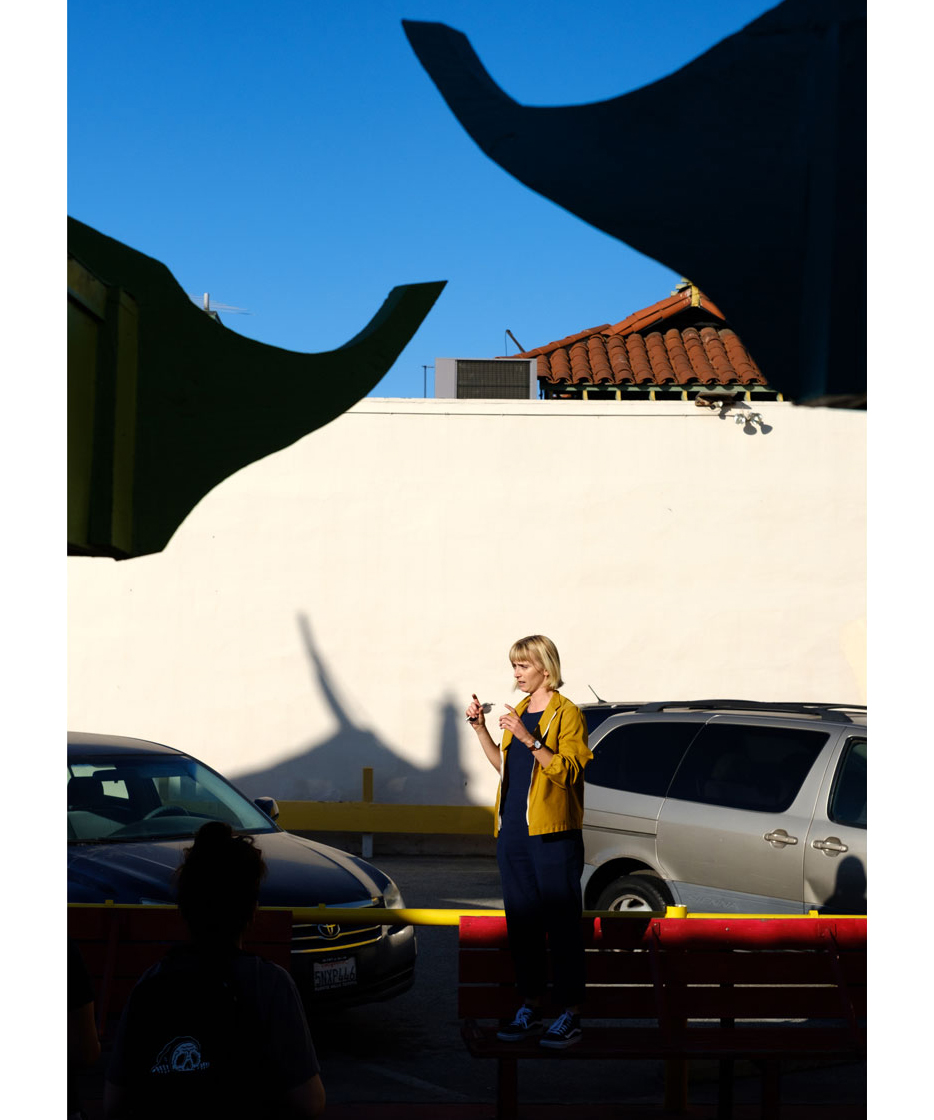
Even though you might be shooting very different things, those photographs must influence you in other ways.
Of course, I don't really look to other photographs for inspiration for my work. I started as a graphic designer so my education was in things like composition and color, and so when I'm looking through the viewfinder I see it as a page that I'm laying out and where all the elements would lay out on a page as if I was a designer. So a lot of my inspiration comes from design or film. It's not all just from photos cause I think if you're pulling your inspiration from the same medium that you're working in, your work tends to look like something that's already been done. So I like to try to search for inspiration outside of photography.
When did you first start taking photos? Was it after you got into graphic design or was it around the same time?
I took a course in high school where we were shooting strictly film. We had to develop all our own film working in a dark room. I just fell in love with the process. I'm part technical nerd, part creative and I just loved how much work had to go into creating one image. Photography just stayed as a hobby at that point because I was focusing more on graphic design. As a graphic designer, you spend most of your time sitting behind a computer screen. I was eighteen when I took my first graphic design job. I'm like, I'm too young to be sitting in a cubicle. Photography had always been a hobby and something I did on the side. And then people appreciated my photos so I decided to jump off a cliff and hopefully it worked out... so far so good.
"It's all about your perspective. You're bringing in whatever your life experience is into that moment. I love seeing ten people in the same spot and seeing how different their photos are."
Eighteen, so right out of high school?
I went to college for a semester and then got offered a job. I was going to school in Vermont and then got offered a job in California doing what I would've wanted to do once I graduated. So I left school after a semester and moved across the country by myself when I was eighteen and worked at an action sports company for couple years as a designer and then worked at a snowboard magazine for a couple years after that.
Did you first start out shooting action sports when you got into photography?
Yeah, I started out shooting action sports and I think that was an incredible education for me because specifically shooting snowboarding, you're knee deep in snow, you're fingers are freezing, someone's sacrificing their life in front of you and you have to hope that you get the shot. Learning in that kind of capacity and now doing shoots where I could be on a beach shooting a model, I think learning in action sports definitely put me through quite an intense training that make the situations I shoot now more manageable.
What kinds of things were you shooting for yourself during that time?
The thing I decided I didn't like about shooting action sports, specifically snowboarding, is that you're so disconnected from your subject. They're covered head to toe in gear and you probably can't even see their face and they're in the distance. I cared more about the personalities and wanted to tell more of a story rather than just shooting someone going off a big jump. I quit my job to pursue more storytelling and just shooting for myself. And now these days I shoot a lot of commercial stuff, but in order to reinvigorate my passion for my craft, I go on a lot of solo road trips. I’ve kind of become known for solo travel. I just did a two-month road trip around the country in an airstream by myself, just shooting for me. I think that is necessary to remain interested in photography cause if you're just working for someone and just shooting what you're told to shoot, it's going to become a job. So I try to make a point to take off and shoot for myself now and then. I think that's important.
Is that solitude really important for you as well, to go through things
Solo travel has become my form of therapy beyond finding inspiration because you take off and whatever needs to come to the front of your mind does. You're forced to deal with whatever it is you need to deal with. Just being alone allows me to reset my mind because I grew up in small mountain towns and now I'm living in the thick of Los Angeles so sometimes I just need to get the hell out of here, that's where the road trips come in.
Have you always been good at photographing people, is that something that came naturally to you?
Well, it's interesting, I hear people say that one of the biggest things about photography is connecting with people and I was always pretty shy. But the nice thing is it's become my icebreaker. When I started shooting photos I was shooting events where I would normally be standing in a corner but now with a camera, it's an excuse to interact with people. I wouldn't generally want to go up to a bunch of strangers and just start talking to them so photography for me has been my way to socialize more and get to know people who I wouldn't otherwise know.
Yeah, that's interesting. It's amazing how many photographers you meet who are say they are or were very shy.
It forces you out of your comfort zone. The whole point is to make the person you're shooting comfortable and if the photographer is visibly uncomfortable than the model is going to be uncomfortable. It's pushed me beyond just photography skills, but just people skills. Being able to be comfortable in situations you wouldn't normally be comfortable in.
Do you also think that because you are shy you spend more time observing and watching others, which in turn makes you a better photographer?
Yeah, that's a huge part about what I do because the shy person is sitting in the corner and they're not daydreaming, they are observing their surroundings. That's incredibly important as photographers. It depends though, I've seen people who are super outgoing and want to be in the middle of it. A lot of times if I show up to a place I'll sit silently for 10 minutes and look around and figure out what I want to do and see how people are interacting. I would prefer to be the fly on the wall but obviously, they are jobs where that's not the case. I have to be the center of everything happening. If I had my choice I'd sit back and watch and document more than telling people what they need to do.
What do you mostly shoot on these solo trips?
When I'm on these solo trips, I think shooting blank landscapes is a cop-out. Anyone can go to a beautiful place and take a photo of a sunset and it's going to look pretty because obviously, that situation is beautiful. When I'm traveling alone, it might seem narcissistic, but I swear it's just storytelling, I shoot myself a lot. I set my camera up on a tripod, compose the image, put a receiver on top of my camera and I shoot everything with a remote. In all those photos, there's one hand that you can't see because I'm shooting myself with a remote. On these trips where I'm forcing myself to be alone, adding a person in the photo creates another level to it and you can tell a story. I've said it's glorified selfies but I'd like to think it has a little more merit than that.
I guess that kind of leads me to my next question. What do you think it is that makes one person's photograph different from another when they're shooting the same the thing or in the same place?
There's a quote that sticks out to me, “No two people ever read the same book.” It's all about your perspective. You're bringing in whatever your life experience is into that moment. I love seeing ten people in the same spot and seeing how different their photos are. It was interesting today seeing the kids walk around and seeing what they gravitate towards. It's not a set thing of things play into what trains your eye. It can be how you grew up as a child, a color that sticks out to you. There's a lot of psychology that plays into what people are interested in, what their eye gravitates toward. As I said, I'm more interested in what photographs say about the people shooting them than necessarily the content of the photo.
Going back to your graphic design background, when you're taking a photo and you look at the frame, is composition the first thing that you're thinking about?
Since my education was based in graphic design, the first thing my eye goes to is form and composition, which is interesting because it's something I've had to learn as far as working with models. Like I need to care if they have a double chin, not just where I'm setting them in the frame. Graphic design has had a huge influence. In a lot of my work, there's a ton of negative space and clear, distinct, straight lines. That was my style in graphic design, so much as it's carried over into my photo work.
What is your dream project?
I think a dream project would be to take solo travel and do more international work, exposing people to different cultures and glorifying our differences and seeing what have in common. Through solo travel, I am inclined to meet more people because I am alone and I stand out. If I'm sitting by myself at a restaurant, people ask me, “What are you doing?” I’d like to do more projects around solo travel.

